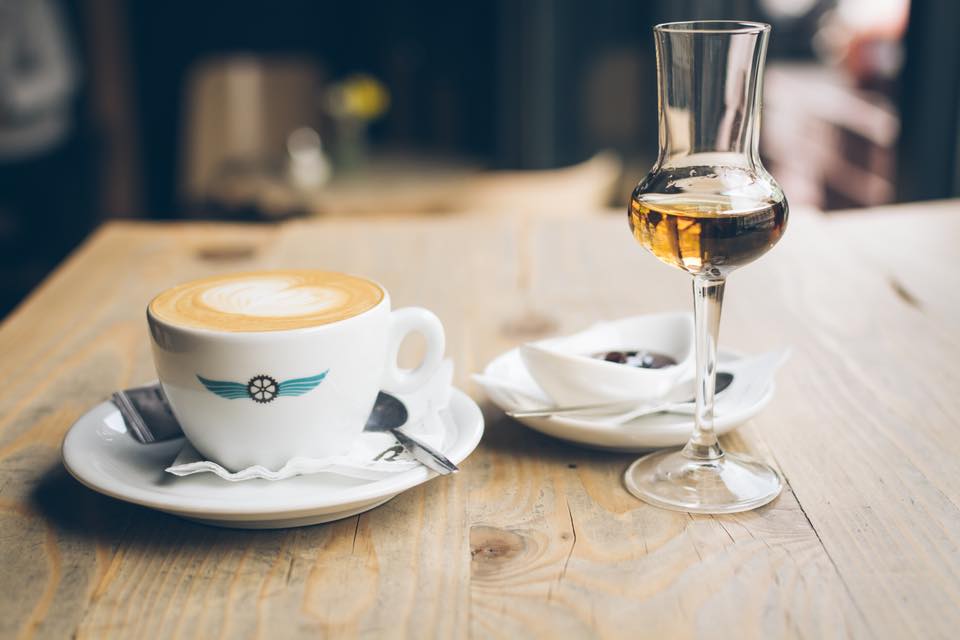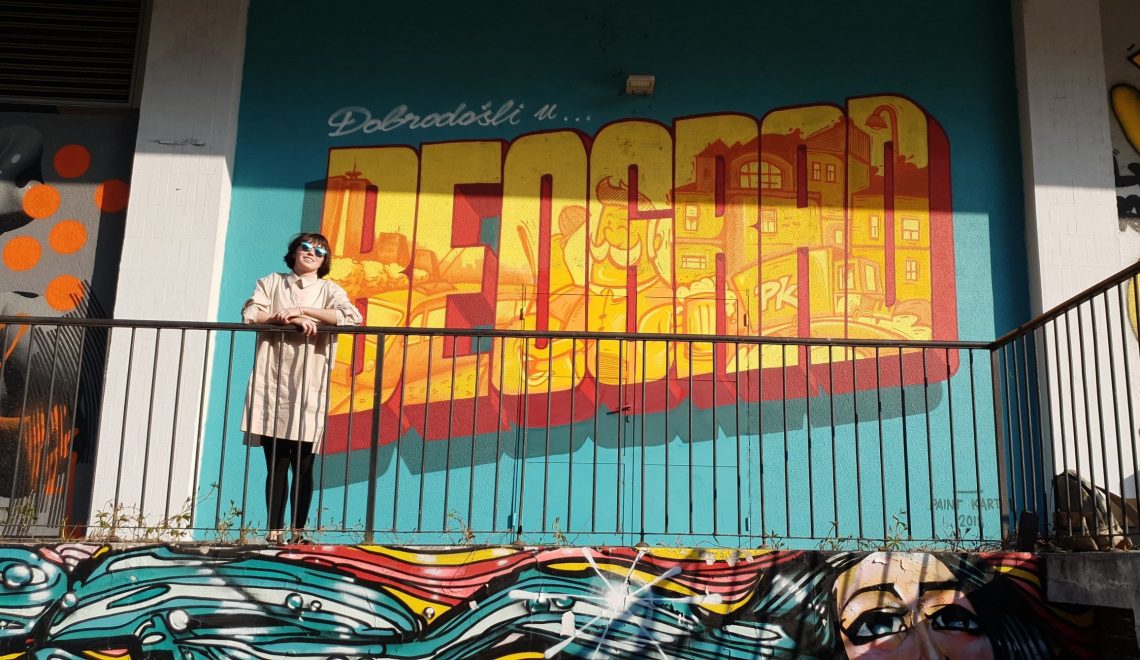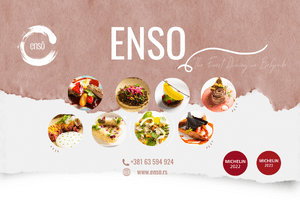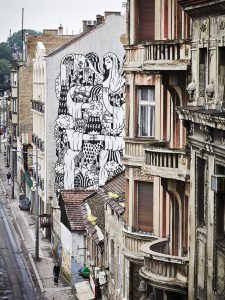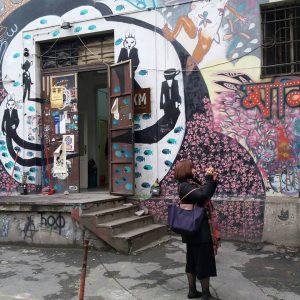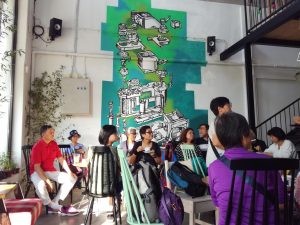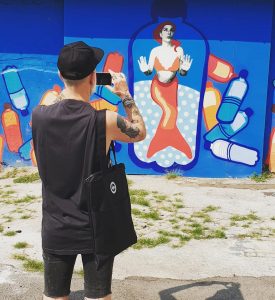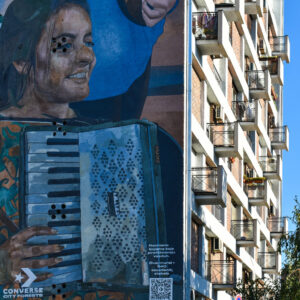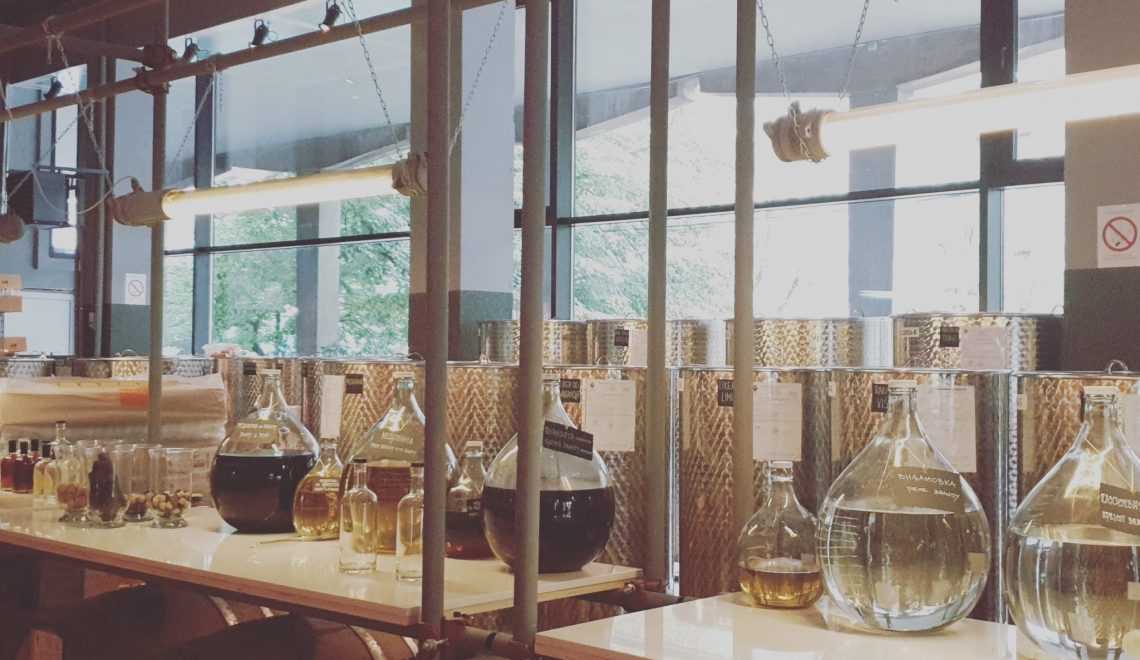
Serbian Rakia: A Tale of Distillation, Tradition, and National Identity
Rakia, or rakija in its local form, holds a special place in Serbian culture. This popular brandy has deep-rooted origins, with a history as rich and diverse as the flavors it offers. Its name has intriguing linguistic roots, believed to be derived from the Arabic language. Rakia finds its origins in the word “al-rak,” which means “sweat” according to some, while others claim it originates from the Turkish word “raki,” meaning a “drop of sweat.” If you invest the effort to learn the Serbian language, you will soon uncover a multitude of distinct variations of rakija, each with its own regional flair and unique production techniques.
The journey of rakia to the Balkan regions began with the Ottoman conquest during the 14th and 15th centuries. Initially, the term was used to describe a beverage known as Arak, produced in far Eastern countries like Indonesia and Malaysia. Arak was crafted through the distillation of fermented juice derived from special types of palms.
The concept of distillation itself dates back centuries, with references made by none other than Aristotle in the 6th century B.C. He noted that various liquids, including seawater, could be transformed into drinkable form through distillation. As history unfolded, Arab chemists in the 8th and 9th centuries developed alambics, which were initially used for creating perfume bases. Knowledge of the distillation process rapidly spread across Europe, leading to the production of distilled alcoholic beverages often referred to as “the water of life” in many countries.
Determining the exact origin of a spirit like rakia can be challenging since recipes quickly became intertwined with national identities. The production of “national drinks” commenced in European countries in the 15th century, giving rise to beverages such as gin in England, schnapps in Germany, aquavit in Scandinavia, vodka in Russia and Poland, and, of course, rakia in the Balkans.
Surprisingly, Serbs did not embark on the production of rakia until the late 19th century. This delay in its production was primarily due to the robust Serbian wine culture, which had thrived since Roman times. Unfortunately, vineyards across Serbia had been decimated by the phylloxera pest, causing a significant reduction in wine production. It was during this challenging period that the beloved brandy known as rakia found its place in Serbian culture. Often crafted from plums, it became a symbol of resilience and adaptability in the face of adversity.
Today, Serbian Rakia stands as a testament to a nation’s ability to embrace change and create something uniquely its own. Whether enjoyed as a traditional beverage or celebrated for its cultural significance, rakia continues to be a cherished part of Serbia’s history and heritage. So, when you savor a glass of this iconic brandy, you’re not just tasting a drink; you’re sipping a piece of history and tradition that has endured for centuries.
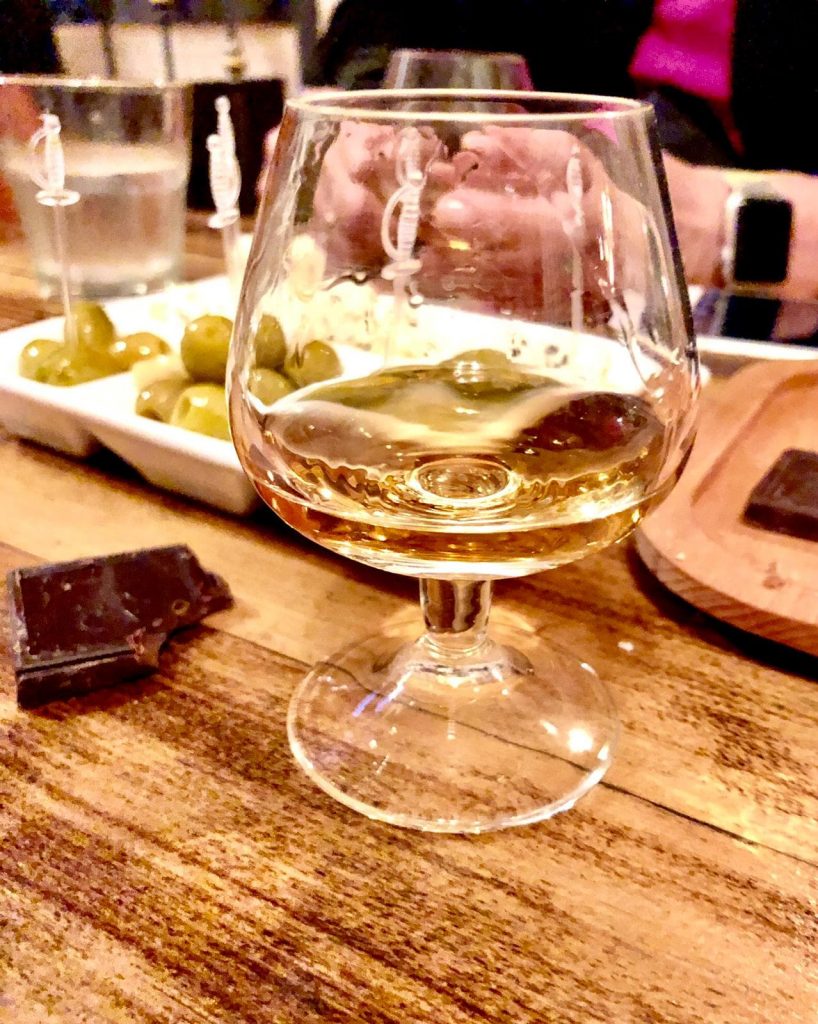
Popular Types of Serbian Rakia:
- Šljivovica: Made from plums, šljivovica is perhaps the most iconic and widely recognized type of Serbian rakia. It boasts a fruity and robust flavor that captures the essence of Serbian tradition.
- Kajsija: Crafted from apricots, kajsija rakia offers a sweeter and slightly tangy profile, making it a delightful choice for those with a sweet tooth.
- Dunja: Made from quince, dunja rakia is known for its aromatic and fruity bouquet. It’s a true connoisseur’s delight.
- Lozovača: Produced from grapes, lozovača rakia showcases the rich wine heritage of Serbia. It features a smooth, velvety taste with a touch of grape sweetness.
Today, Serbian Rakia stands as a testament to a nation’s ability to embrace change and create something uniquely its own. Whether enjoyed as a traditional beverage or celebrated for its cultural significance, rakia continues to be a cherished part of Serbia’s history and heritage. So, when you savor a glass of this iconic brandy, you’re not just tasting a drink; you’re sipping a piece of history and tradition that has endured for centuries.
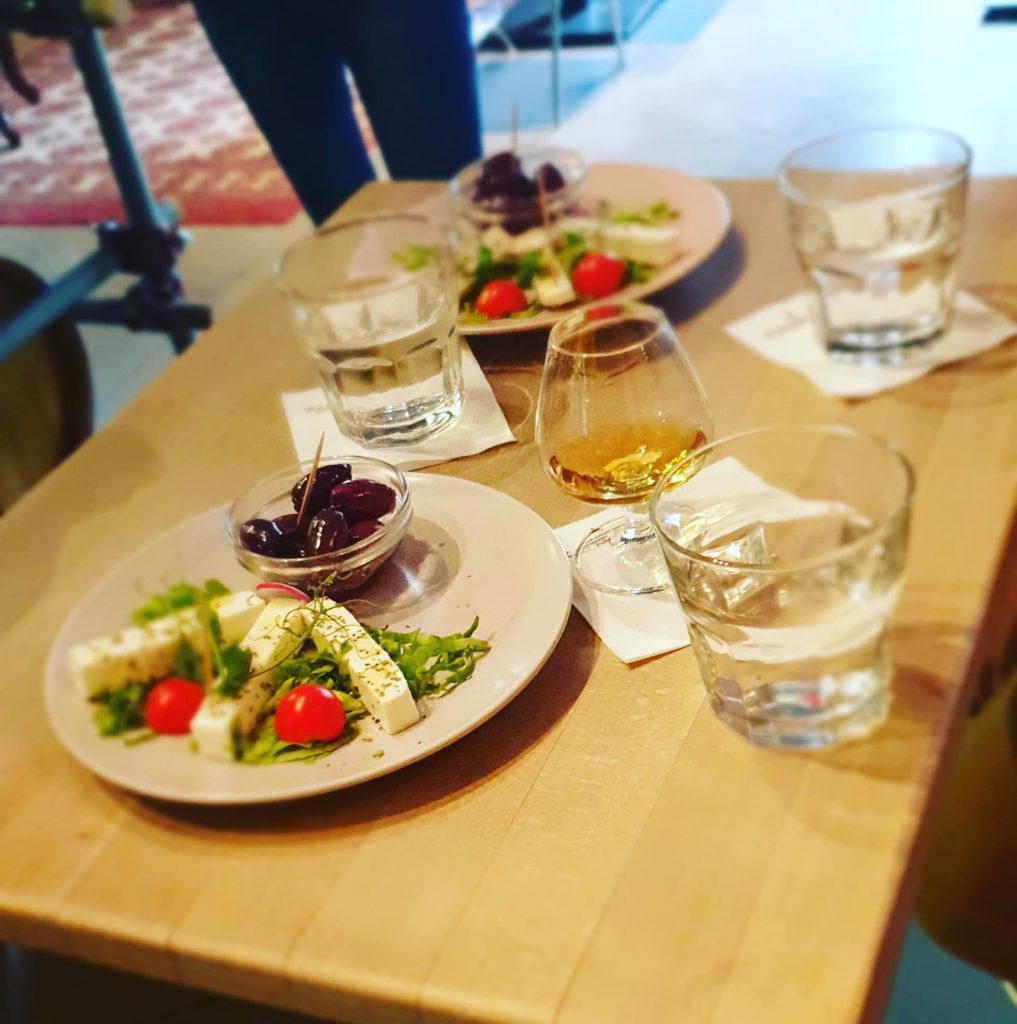
Discover Serbian Rakia with the Belgrade Rakia Tour
To truly immerse yourself in the world of Serbian rakia and explore its fascinating history, we invite you to join our Belgrade Rakia Tour. Our guided tour takes you on a captivating journey through the heart of Belgrade, where you’ll learn about the origins and cultural significance of this beloved brandy.
During the tour, you’ll have the opportunity to taste a variety of rakia types, including the popular šljivovica, kajsija, dunja, and lozovača. Our experienced Rakia Connoisseur will provide insights and stories behind each sip, enhancing your appreciation for this traditional Serbian spirit.
Additionally, our English-speaking guide will lead you through the historic Dorcol district, sharing the city’s hidden gems, tips, and recommendations for further exploration. At a local bar, you’ll enjoy a shot of domestic rakia, immersing yourself in Belgrade’s vibrant culture.
Don’t miss the chance to experience the rich flavors and cultural heritage of Serbian Rakia. Book your Belgrade Rakia Tour today by contacting us at stillinbelgradetours@gmail.com. Join us on this journey and raise your glass to the traditions and history that make rakia an essential part of Serbian identity.

Writer. Blogger. Traveler. Researcher. Electronic Music Lover.

